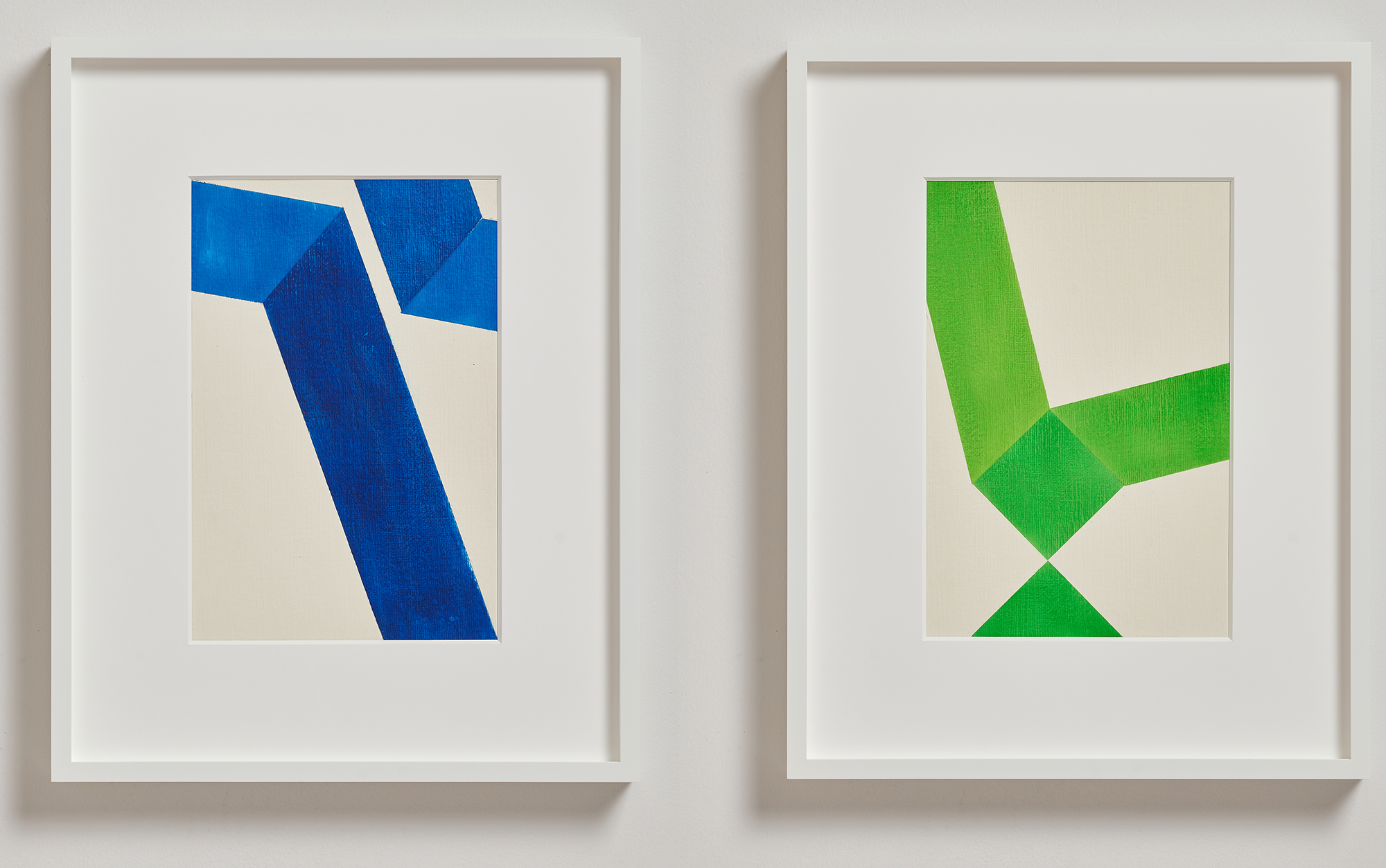Although less well-known today than some of his contemporaries, Espinosa was a leading figure in Argentinean Constructivism of the post-war period. Along with Tomás Maldonado, Alfredo Hlito, Raúl Lozza, and others, in November 1945 Espinosa was a founding member of the Asociación Arte Concreto-Invención (AACI); this key group sought to produce abstract images that spoke an international visual language, standing in sharp opposition to representational or symbolic imagery. While in Europe in the early 1950s, Espinosa established contact with several artists also pursuing nonfigurative abstraction, among them Max Bill, Georges Vantongerloo, and members of the Italian groups Movimento di Arte Concreta and Forma. Later, in the 1960s, his vibrant abstractions were promoted by the leading critic Jorge Romero Brest, and appeared in exhibitions in Argentina, Colombia, Brazil, and Venezuela. Born in Buenos Aires, Manuel Espinosa studied Fine Arts at the Escuela Superior de Bellas Artes in Buenos Aires. His work is included in the Museo de Arte Moderno, the Museo Nacional de Bellas Artes, and the Fondo Nacional de las Artes, all in Buenos Aires; the Museo de Arte Contemporaneo de Caracas Sofía Imber; The Blanton Museum, Austin; and the Museum of Art of the Rhode Island School of Design, Providence.
[excerpted from Sicardi Ayers Bacino website: www.sicardi.com]

Individual works sold together.
